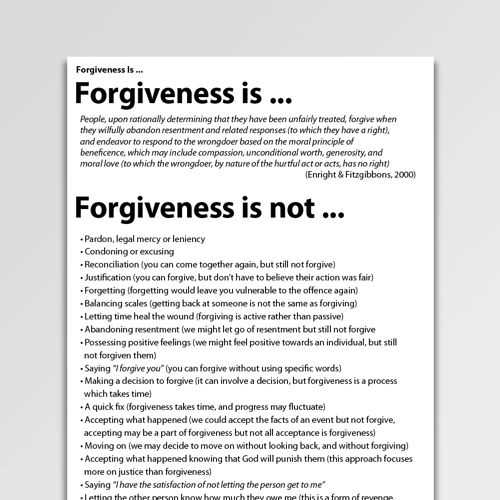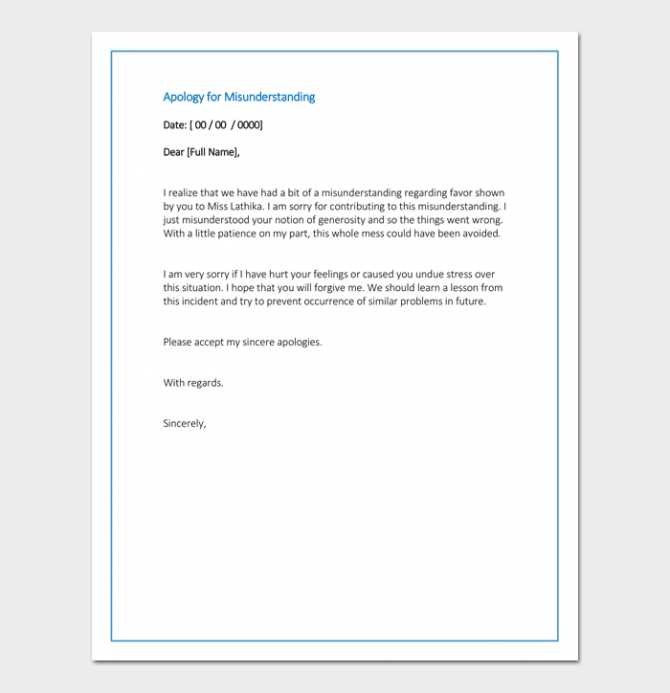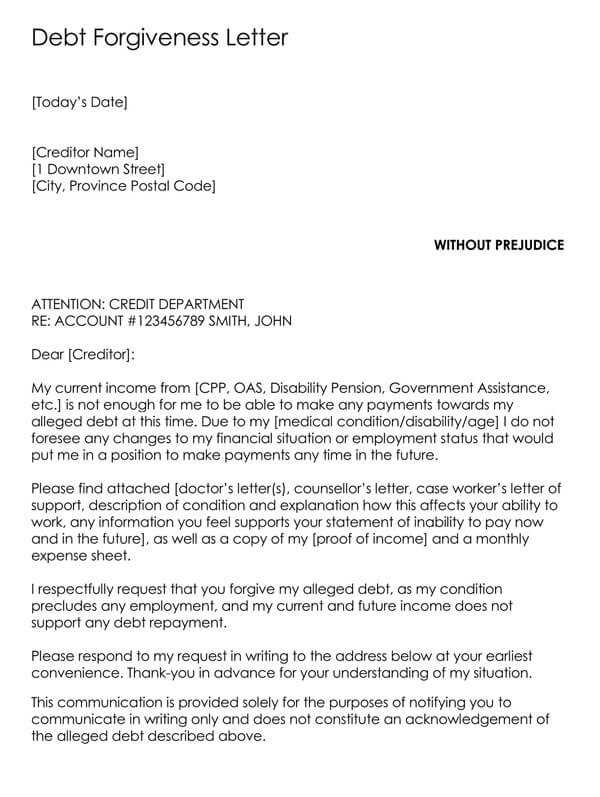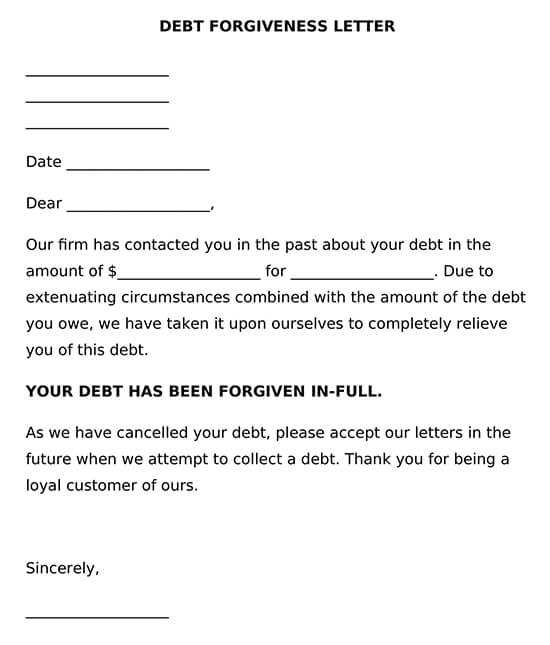Forgiveness Letter to Self Template for Personal Healing

We all carry emotional burdens that stem from past mistakes, regrets, or unresolved feelings. Sometimes, the most challenging task is learning to make peace with ourselves. By engaging in a process that encourages emotional release, we can begin to transform negative emotions into personal growth and healing.
One powerful way to confront these feelings is by putting them into words. Writing can act as a safe space where we express our innermost thoughts and release the weight we’ve been carrying. This practice not only allows us to acknowledge past wrongs but also enables us to move forward with clarity and emotional balance.
By crafting a meaningful reflection, we pave the way for inner peace and emotional recovery. This approach can guide individuals toward greater understanding, acceptance, and ultimately, emotional freedom. The written form becomes a tool for processing complex emotions and fostering self-compassion.
Why Writing a Forgiveness Letter Matters

Putting our deepest emotions into words is a profound act of self-awareness. It allows us to process pain, regret, and frustration in a way that promotes healing. Writing down our thoughts can help clarify feelings that are often hard to express, providing a clear path for emotional release and understanding.
This exercise fosters emotional resilience by allowing us to confront difficult experiences with compassion. When we take the time to articulate our feelings, we are given the opportunity to reflect on past actions and come to terms with them. The act of writing serves as a bridge between the past and the present, offering a sense of closure and the possibility for renewal.
In addition, this practice encourages personal growth. By acknowledging past mistakes and granting ourselves permission to heal, we unlock a path to emotional freedom. It’s a step toward letting go of lingering guilt or shame, and making room for self-acceptance and a healthier mindset moving forward.
How to Start Your Forgiveness Journey
Embarking on the path to emotional healing begins with a single step–acknowledging the need for inner peace. Whether it’s unresolved guilt, regret, or past mistakes, the first step is to recognize what you are holding onto. This awareness lays the foundation for growth and transformation.
Step 1: Reflect on Your Emotions
Before you can begin to let go of the weight you carry, it’s important to deeply reflect on your emotions. Take time to identify the source of your pain and how it affects your well-being. Ask yourself questions such as:
- What emotions am I struggling with the most?
- How have these feelings impacted my daily life?
- What do I need in order to heal and move forward?
Step 2: Create a Safe Space for Expression
Allow yourself to express your thoughts without judgment. This is a moment to write freely, without worrying about perfection. Whether it’s through journaling, art, or quiet reflection, creating a space to release your feelings is essential. Let go of the need for external validation and focus solely on your emotional needs.
Starting this journey requires patience and compassion toward yourself. It’s a process of rediscovery, and the goal is to foster an environment where emotional freedom and self-acceptance can flourish.
Key Elements of a Self-Forgiveness Letter
Creating a powerful expression of personal healing involves several key components. It’s not just about putting your thoughts into words but about constructing a meaningful reflection that supports emotional clarity and growth. The structure you choose can guide you toward understanding, acceptance, and emotional release.
1. Acknowledgment of Past Actions

Start by recognizing the events or actions that have caused pain. Acknowledging them allows you to face the emotions head-on, which is a crucial step in the healing process. It’s important to be honest with yourself about the past, without evading or denying any part of it.
- Clearly state what happened and how it affected you or others.
- Don’t rush through this; it’s about understanding, not judging.
2. Expression of Regret and Responsibility
Taking responsibility for your actions is a key part of the process. This doesn’t mean blaming yourself but simply recognizing how your decisions impacted your life or others. Expressing regret shows that you understand the consequences and that you are ready to move forward.
- Be specific about how you feel about what happened.
- Let yourself feel the full weight of your emotions without self-criticism.
3. Offering Compassion and Understanding
Once you’ve acknowledged the past and expressed regret, the next step is to offer yourself compassion. Recognize that you are human and make mistakes. This part is about releasing judgment and accepting that healing is a process. By showing kindness toward yourself, you can begin to move past the guilt or shame you may have carried.
- Write words of kindness and understanding to yourself.
- Encourage emotional growth and promise to learn from the experience.
4. Commitment to Healing
End with a commitment to emotional healing. This step is crucial because it signals that you are ready to move forward and embrace the future with a positive mindset. By promising yourself to embrace growth and change, you reinforce your intention to let go of the past and embrace emotional freedom.
- Make a promise to focus on personal growth and resilience.
- Set intentions for how you want to approach future challenges.
Overcoming Emotional Blocks with Forgiveness

Emotional blocks are barriers that prevent us from fully engaging with our feelings, relationships, and personal growth. These obstacles often stem from past experiences, unresolved emotions, or negative self-talk. In order to move forward, it’s essential to break down these emotional walls, allowing healing and transformation to take place.
Identifying the Root Causes
The first step in overcoming emotional blocks is identifying what’s holding you back. This requires introspection and the willingness to face uncomfortable emotions. Reflect on past events or feelings that may have caused you to close off emotionally. By understanding the root causes, you can begin to work through them and clear the path for healing.
- Identify specific events that triggered emotional pain or regret.
- Recognize any patterns of negative thought or behavior that reinforce these blocks.
Letting Go and Embracing Healing
Once you’ve acknowledged the causes of your emotional barriers, it’s time to release them. This process involves letting go of old grudges, self-blame, or lingering guilt. By accepting your past and showing yourself compassion, you create space for emotional growth. This step helps restore your emotional balance, enabling you to move forward with clarity and a sense of freedom.
- Allow yourself to forgive past mistakes and release guilt.
- Focus on learning from the past rather than dwelling on it.
Benefits of Self-Forgiveness for Mental Health
Letting go of past mistakes and emotional burdens plays a crucial role in maintaining good mental health. Holding onto feelings of guilt, shame, or regret can prevent us from experiencing inner peace, leading to increased stress, anxiety, and even depression. Embracing personal healing allows us to reclaim our emotional well-being and develop a healthier relationship with ourselves.
One of the main benefits of releasing past grievances is the reduction of emotional stress. When we are unable to move past negative emotions, they can weigh heavily on our minds, affecting our daily lives and interactions. By acknowledging our mistakes and allowing ourselves to heal, we relieve mental pressure, which contributes to overall emotional stability.
Another significant benefit is improved self-esteem. When we forgive ourselves for past actions, we let go of the belief that we are defined by our mistakes. This shift in mindset helps foster a greater sense of self-worth and confidence, leading to a more positive outlook on life.
Additionally, by practicing emotional release, we create space for personal growth and resilience. Releasing old pain allows us to approach challenges with a clearer, more adaptable mindset. This ability to cope with adversity in a healthier way contributes to long-term emotional well-being.
Using the Template for Personal Growth
Using a structured guide to reflect on past emotions and actions can serve as a powerful tool for personal growth. This approach helps break down emotional barriers, allowing individuals to understand their feelings more deeply and move forward with greater clarity. By following a clear framework, you create a safe space to express your emotions and work through difficult experiences, ultimately leading to emotional healing and transformation.
Building Emotional Awareness
The first step in using this structured approach is to increase emotional awareness. By recognizing patterns in your thoughts and behaviors, you begin to understand the root causes of your struggles. This awareness is key to making informed decisions about how to move forward and improve your emotional state.
| Action | Impact on Growth |
|---|---|
| Identify triggers | Helps you understand sources of emotional distress |
| Acknowledge feelings | Encourages emotional release and self-compassion |
| Write freely | Facilitates processing of difficult emotions |
Creating a Roadmap for Change
Once emotional awareness is achieved, the next step is to create a roadmap for change. Writing down your insights and goals helps to reinforce your commitment to personal growth. It allows you to track your progress and keep focused on developing healthier emotional habits. By reviewing your reflections regularly, you stay grounded in your intention to foster lasting transformation.